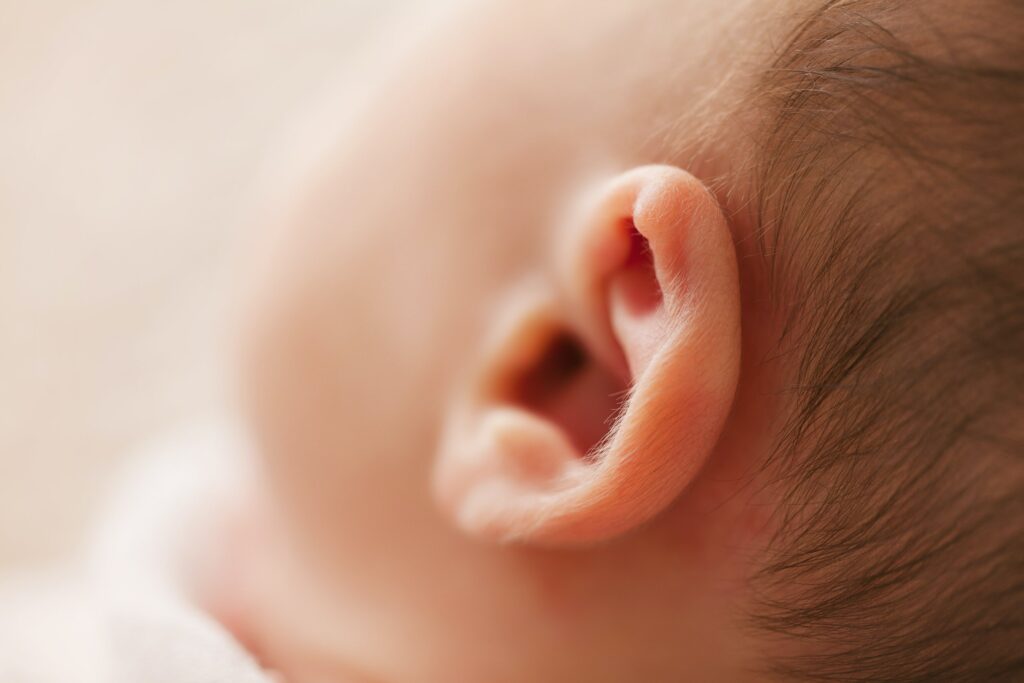Middle ear inflammation is what triggers ear infections, largely stemming from bacteria that ended up being trapped. That part of the ear is what connects the throat and the back of the nose, which is why the infections tend to fester there.
Otitis media is the most common ear infection, which comes about when the back of the eardrums has built-up fluids. As a result, the middle ear swells and gets infected.
Childhood Ear Infections
Children that have colds, an upper respiratory infection, or a sore throat can lead bacteria to spread to the middle ear. It will generally go through the channels connecting the middle ear to the throat, which are called eustachian tubes. This infection is what leads the eardrum to have fluids build up behind them.
It’s more likely for kids to suffer from ear infections primarily because they have eustachian tubes that are more horizontal and smaller, making it harder for the ear to have any fluid drain out. Additionally, they have underdeveloped immune systems, which means they’re not properly ready to fend off infections.
Sometimes, fluid can stay trapped in the middle ear for a certain period. It can also return repetitively even without any infection triggering it.
Signs and Symptoms
Pain, especially around and in the ear, is a huge sign of ear infections. Little children can get ear infections before they even have the ability to talk, so it can lead to a lot of guesswork on the parents’ end.
When kids say “my ear hurts,” it’s ideal to keep an eye out for the following signs of an ear infection:
- Crying and irritability
- Difficulty hearing or responding to auditory cues
- Difficulty sleeping
- Fever (especially in younger children)
- Fluid draining from the ear
- Loss of balance
- Tugging or pulling the ear
When these symptoms manifest, however, it’s necessary to pay attention immediately:
- Bloody discharge from the ears
- High fever
- Pus-like discharge from the ears
- Severe pain
Preventing Ear Infection
Thankfully, there are many steps that parents can take in order to lessen the risk of getting ear infections. The most common ones include, but are not limited to:
- Breastfeeding – There are plenty of antibodies in breast milk, all of which help lower the risk of infections and the like. Also, it’s most important to keep the child sitting up when feeding so that fluid doesn’t flow into the middle ear.
- Frequent Handwashing – Protection against flu and colds for children (and everyone, really) is best done with clean hands. Wash hands with soap and water, scrubbing for 20 seconds.
- Vaccination of Children – When children are updated on their vaccines, their ear infection risk will be much lower than their unvaccinated counterparts. PCV13, the 13-valent pneumococcal conjugate vaccine (PCV13), is a good example. It gives protection against 13 types of bacteria that trigger infections.
Conclusion
It’s common knowledge that babies and toddlers are more prone to health issues since they’re still developing an immune system. This is also why ear infections are more common during childhood. Pain is a major indicator that a child is dealing with an ear infection.
Need urgent care for kids in Orlando, FL? Check out Your Kid’s Urgent Care today! We offer convenient, superior urgent care pediatric services to kids that walk through our doors.



